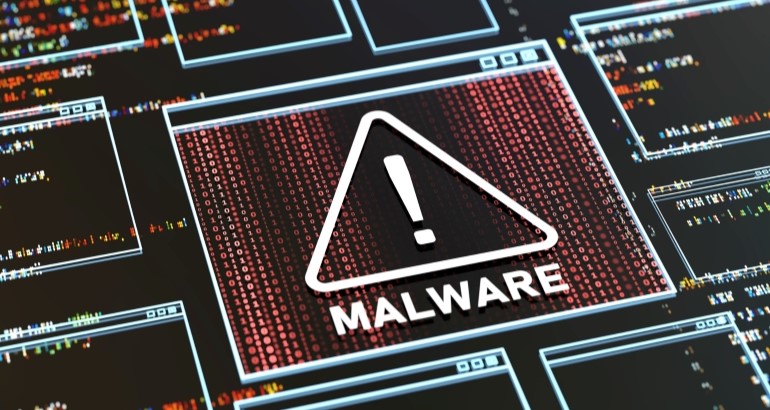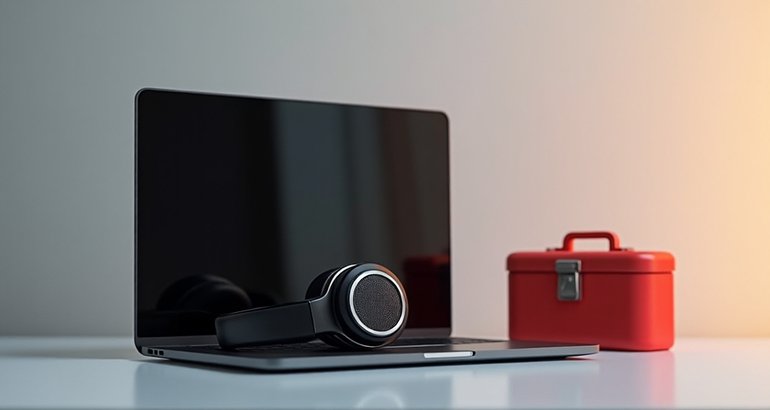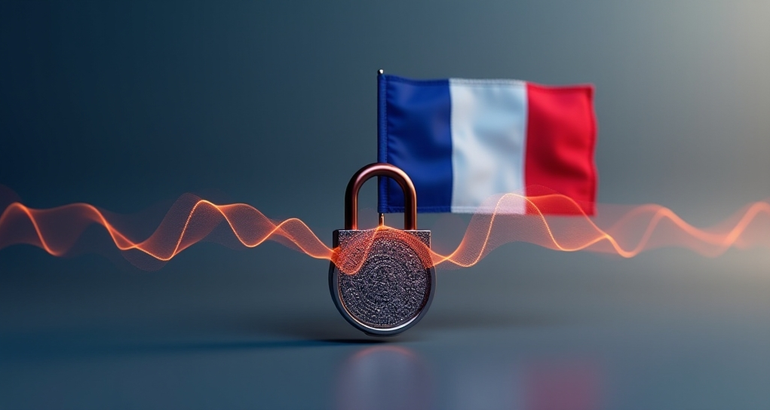Malware: Knowing and Preventing

- Privacy
- Online threats





Overview
Malware is software that poses a threat to computer or network security. It can steal , damage , or alter your data and even take control of your device.
Contents
What can malicious software do?
What are the types of malware?
How to detect and remove malware?
What can malicious software do?
Malware can perform the following functions:
① Monitor your network activity and collect personal information
Such as account passwords, bank card information, etc.
② Alter your browser settings
Pop up ads, redirect web pages, install malicious plugins, etc.
③ Encrypt or delete your files
Request ransom to unlock or retrieve them.
④ Utilize your device resources
To mine cryptocurrency, send spam emails, launch distributed denial-of-service attacks, etc.
What are the types of malware?
① Virus
A program that can self-replicate and infect other files. It can also modify or destroy file content.
② Worm
A program that can self-replicate and spread over networks, consuming bandwidth and device resources.
③ Trojan
A program that disguises itself as legitimate software. It executes malicious operations in the background, such as opening backdoors or downloading additional malware.
④ Spyware
A program that can monitor and record your network activity. It collects your personal information, browsing history, keystrokes, etc.
⑤ Ransomware
A program that can encrypt or delete your files. It demands a ransom payment to unlock or recover files.
⑥ Adware
A program that can display ads on your browser. It affects your browsing experience and may lead to the installation of other malware.
How does malware spread?
① Attachments
Malware may hide in attachments sent via email, instant messaging, social media, etc. When you open or download an attachment, it activates the malware.
② Downloads
Malware may disguise itself as legitimate software, games, music, videos, etc. When you download these files from untrusted websites or channels, it installs the malware.
③ Drives
Malware may exist in removable storage devices such as USB drives, hard drives, CDs, etc. When you insert these devices, the malware runs automatically.
④ Vulnerabilities
Malware may exploit vulnerabilities in systems or applications. It infects devices through remote attacks over networks or other means without user intervention.
How to detect and remove malware?
Detecting and removing malware requires professional security software such as antivirus software and firewalls . The following are some common steps:
① Scan
Use antivirus software to scan your device thoroughly, searching for and isolating suspicious files.
② Clean
Use antivirus software to clean up files in the quarantine area, deleting or repairing infected or damaged files.
③ Update
Use antivirus software to update virus databases to identify and defend against the latest malware.
④ Protect
Use a firewall to monitor and filter network traffic, preventing malware from invading and spreading.
Does VPN help?
Yes, VPN is helpful in preventing attacks from malware. MetroVPN provides a Risk Barrier function to get rid of ads, trackers, malware, and unknown threats.
In addition, MetroVPN has other benefits :
① Hides IP address and location
Allowing you to browse anonymously online to avoid being tracked or have data stolen.
② Encrypts network activity
Keeping you safe when connecting to public Wi-Fi or any other networks.
③ Strict no-log policy
Ensuring that no user browsing data or behavior is recorded.
④ Global servers
enabling you to access content from any region and enjoy more internet freedom.






